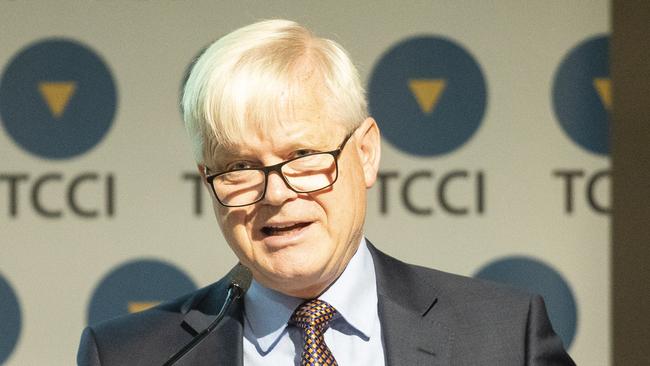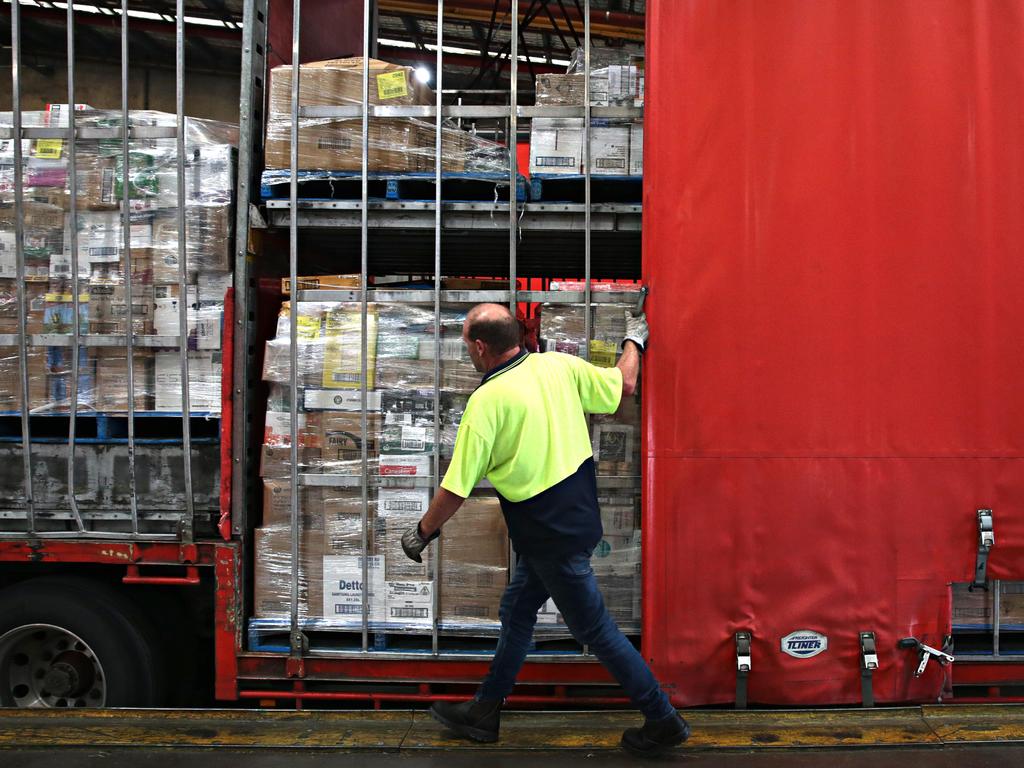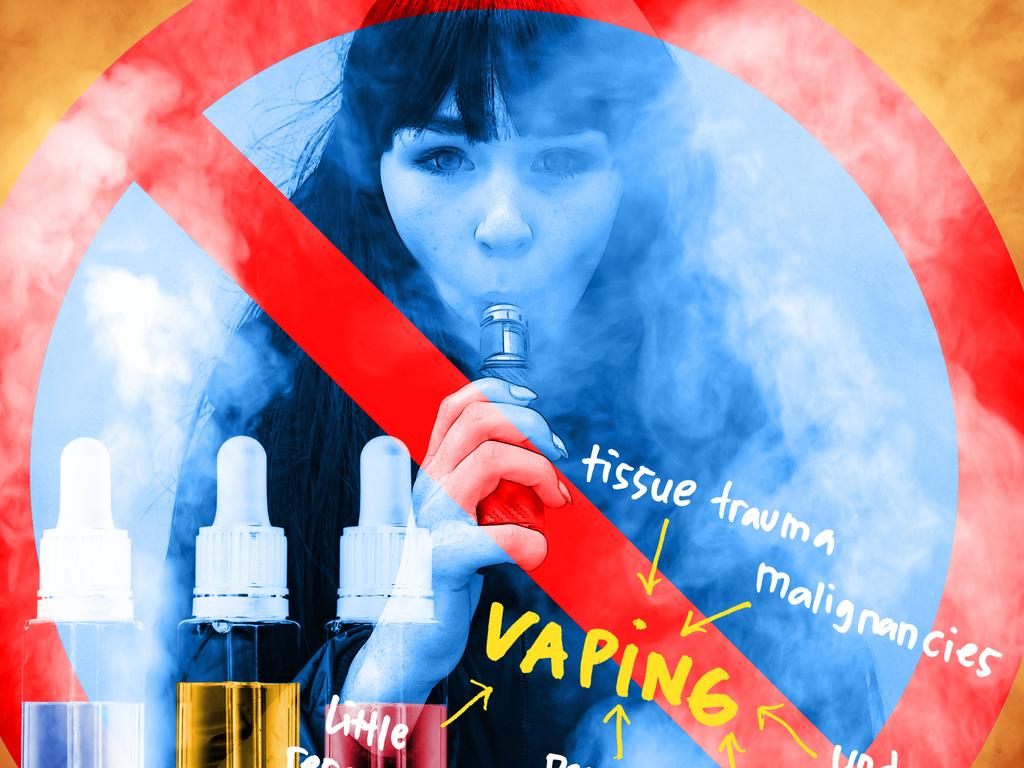Budget 2023: Workers to lose $7bn in tax bracket creep
Bracket creep will be stealing $6.8bn from workers’ pay packets by 2031-32, even accounting for the stage-three tax cuts that come into effect from mid-2024.

Bracket creep will be stealing $6.8bn from workers’ pay packets by 2031-32, even accounting for the stage-three tax cuts that come into effect from mid-2024.
Analysis from the Parliamentary Budget Office underlines how, without more tax relief in the latter parts of the decade, creeping fiscal drag will slash billions of dollars from wages and leach dynamism from the economy by distorting incentives to work.
Bracket creep describes where income growth triggers individuals to pay higher average income tax rates each year as, over time, more and more of their pay is captured in higher tax brackets.
The PBO estimates that climbing average tax rates will add $3.5bn to government revenue in this financial year, and $3.8bn in the next.
The introduction of legislated stage-three tax cuts in 2024-25 will return more than $11bn in bracket creep to workers, but by 2027-28 climbing average tax rates will again be adding $3.4bn to tax revenue, lifting to $6.8bn in 2031-32.
By 2031-32, the government of the day would need to return another $27bn in tax cuts to workers to account for the previous five financial years’ worth of bracket creep, the PBO analysis shows.
Rich Insights principal Chris Richardson said the phenomenon of bracket creep was rooted in a fundamentally positive principle of climbing worker pay.
“If you don’t have wage growth, then you don’t have bracket creep,” he said.
“No doubt fiscal drag is on the rise, but it’s coming from a phase when it’s never been weaker.
“The budget has improved so fast for two reasons.
“One is an Australia-specific reason – those commodity prices. The second is global – it’s that inflation adds more to revenue than to spending, and a standout example there is personal taxes, because they are progressive and so when things move, they move.”
Over the five years leading into the pandemic, pay rates, as measured by the Australian Bureau of Statistics’ wage price index, increased at an annual average pace of about 2 per cent.
With unemployment at a five-decade low of 3.5 per cent thanks to the massive fiscal and monetary stimulus pumped into the economy through the Covid-19 emergency, wages are on the rise.
The Reserve Bank of Australia’s latest forecasts predict the WPI to expand by 4 per cent in the year to December 2023.
That would be still under the 4.5 per cent projected rate of inflation, but the strong lift in nominal wages will push more workers into higher tax brackets, helping to swell government coffers.
EY chief economist Cherelle Murphy said the significant increase in hours worked as Australians picked up more work in a tight labour market was also a part of the story.
“You could start to see it in the national accounts in the December quarter … not only bracket creep, but also payback from Covid-delayed taxing – a kind of double burst of income taxes,” Ms Murphy said.
“There’s no doubt that bracket creep is impacting some people, not only because wages are moving up but people are also working more hours as well and moving from part-time to full-time.
“It’s the genuine consequence of a very tight labour market.”
There was also a major surge in immigration adding to the tax take, Ms Murphy said.
“All of that paying for a few government policies, although they really should be saving it,” she said.








To join the conversation, please log in. Don't have an account? Register
Join the conversation, you are commenting as Logout